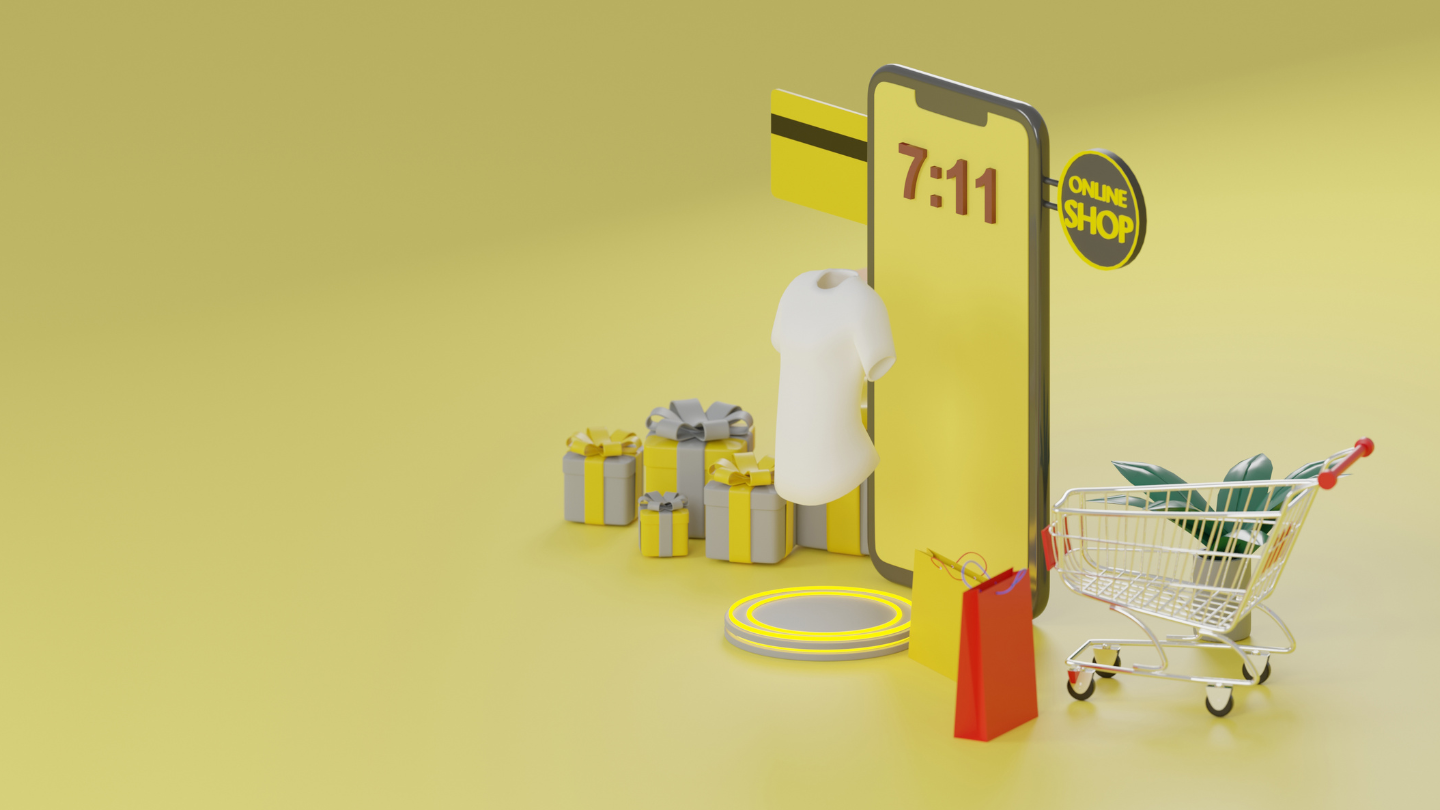The battle between app creators is heating up. Amid antitrust lawsuits against mobile tech giants, the app landscape is witnessing a surge in competition. Now, app developers and marketers are choosing mobile Original Equipment Manufacturers (OEMs) instead of the usual suspects. Why? OEMs offer various app marketing and advertising opportunities, including Alternative App Stores, Dynamic Preloads, and a variety of display ads. These strategies create a solid base for companies wanting their apps to stand out in an already crowded marketplace. But it’s tricky figuring out where to start focusing your efforts. We’ll break that down in this blog post and find some clarity.
What are Alternative App Stores?
Also known as owned app stores, proprietary app stores, or OEM app stores, Alternative App Stores serve as bonafide alternatives to the duopoly of Apple’s App Store and Google Play Store. Simply put, these are individual app stores created by the manufacturers and operated by individual OEMs such as Xiaomi, OPPO, Vivo and Huawei. OEM app stores offer developers greater flexibility regarding exposure choices and payment systems.
Let’s talk about Fortnite, the popular online multiplayer game developed by Epic Games. Back in 2020, Fortnite found an exclusive home on Oppo’s app store after breaking ties with Apple and Google due to disputes over the 30% commission fee taken from all transactions in Fortnite.
Fast forward to today. Several after its launch, Fortnite has half a billion registered players, 50% of whom are active monthly. Despite not being available on the Apple App Store and Google Play store since 2020, moving to alternative stores hasn’t hampered Fortnite’s growth; their revenue hit $26 million in 2023, consistently growing by 50 million registered players yearly since making the alternative store move. Additionally, the ongoing legal saga between Google and Epic Games underscores the changing dynamics in how apps are distributed and accessed.
Fortnite’s registered player numbers since 2020:
| Year | Total Registered Players Total |
| 2023 | 500 million |
| 2022 | 450 million |
| 2021 | 400 million |
| 2020 | 350 million |
What are Dynamic Preloads?
Dynamic Preloads, on-device preloads, or preloaded apps are part of the out-of-box experience (OOBE) when users set up a new smartphone. This practice involves having specific apps ready for installation during the initial device setup or activation process.
Unlike factory preloads, where apps are already installed without user choice, Dynamic Preloads give users the choice of downloading the app or not – often through a simple opt-in/out checkbox. This strategy aims to enhance user acquisition by placing apps directly on users’ devices, offering an improved chance of higher visibility and engagement. For example, some gaming apps using this technique have seen a massive 1000% growth in app installs within six months.
Alternative App Stores vs Dynamic Preloads: A Comparative Look
So now you’ve had a glimpse at both, let’s look at a side-by-side comparison of Alternative App Stores and Dynamic Preloads, explore the unique strengths each brings to the table, and figure out which one might be your winning formula.
Alternative App Stores
- Like thriving shopping districts in every town around the world, offering diverse alternatives to big malls
- Provides marketing opportunities, such as app store featuring
- Allows targeted campaigns based on specific metrics to pinpoint audiences
- Effective for running promotions and seasonal campaigns
- Reach a global audience beyond the saturated Google Play Store and Apple App Store
Dynamic Preloads
- Ability to make a strong first impression
- Users can choose to opt-in or opt-out when downloading the app
- User choice leads to increased engagement and user retention
- 32% of users installing apps/games via Dynamic Preloads show regular interaction (source: AppsFlyer)
- Capitalizes on seasonal and launch surges in smartphone sales for targeted promotions
- Example: Launch of a specialized gaming phone to run a gaming Dynamic Preloads campaign on
Alternative App Stores vs Dynamic Preloads: Not a Competition, But a Collaboration
In your marketing toolkit, these strategies don’t compete; they work together as a dynamic tag team. It’s like having two players in a game – and your goals and budget decide whether one takes the lead or they team up for more impact. Dynamic Preloads is the player making the strong first impression, and Alternative App Stores is the player that keeps you in the game long-term through ongoing visibility. It’s about making your presence known and cementing yourself in the app world.
Both have a role in the game against traditional mobile advertising and big tech app stores – and combining Alt. App Stores with Dynamic Preloads is a smart way to ensure your app or gaming app is both noticed and maintains a lasting presence in the game for the long haul.
Join gaming clients who’ve achieved 8.4 million app installs in 8 months with Dynamic Preloads. Ready to hit these high scores too? Contact the AVOW team to level-up your app game!
